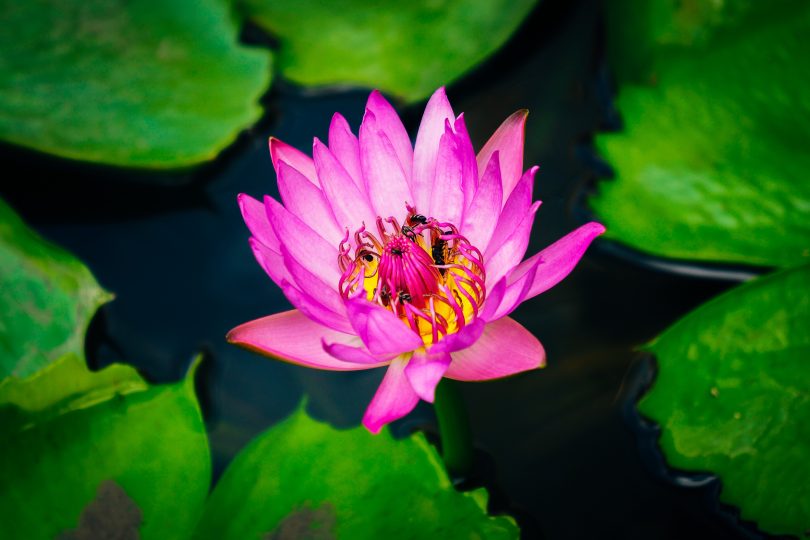Have you heard much about a new birth trend, the ‘lotus birth’?
New parents across the UK are snapping up a new childbirth trend that could lead to serious problems.
Some UK parents are choosing to have lotus births. This is a practice that leaves the umbilical cord attached to the placenta until it naturally separates, up to 10 days later. But there is a chance that the child could catch an infection in doing this. After the baby’s birth, the placenta pouch is carried around with the infant.
More nutritious?
The purpose of this is to allow the new born to soak up any nutrients in the placenta like stem cells and recover blood before the placenta is dried up and useless. Some advocates of the practice believe that it is more ‘natural’. They believe it allows the baby to come into the world in their own time and take advantage of any leftover nutrients that may otherwise go to waste. They are opposed to the traditional cutting of the cord. This is because they believe there is undue stress on the baby brought on by the severing of the cord and loss of the blood supply from the placenta.
While there are some nutritional benefits to leaving the cord attached, these advantages only last an extra three minutes after birth. Experts suggest waiting 30-60 seconds after birth before cutting the cord. This then lets most of the nutrients to pass into the baby’s body.
A warning
The British Royal College of Obstetricians and Gynecologists issued a warning against the practice due to the risk of infection and build-up of bacteria in the placenta. A spokesperson said that, “The placenta is particularly prone to infection as it contains blood. Within a short time after birth, once the umbilical cord has stopped pulsating, the placenta has no circulation and is essentially dead tissue.
If women do opt for umbilical non-severance, the RCOG strongly recommends that their babies be monitored carefully for any signs of infection.”








